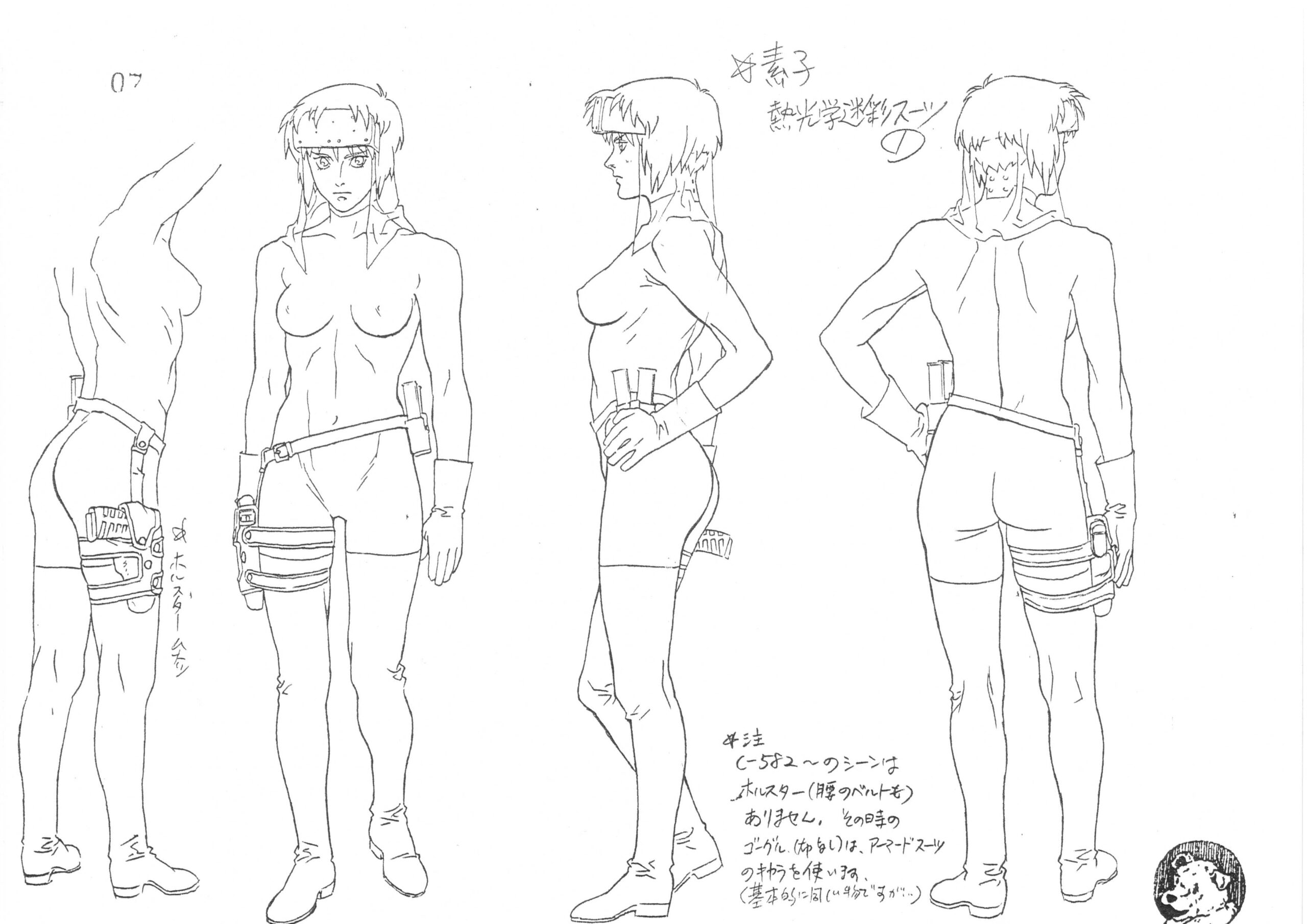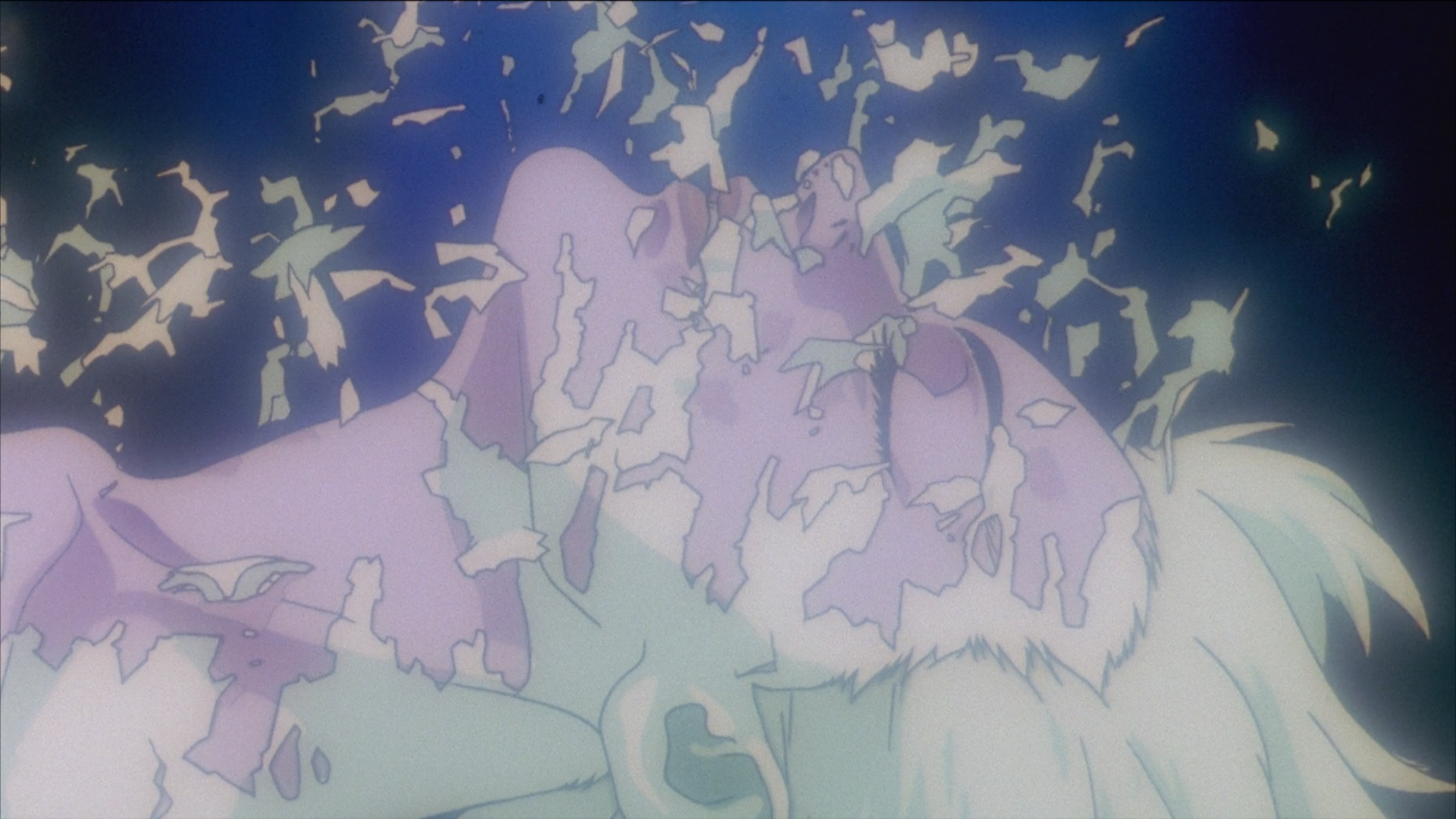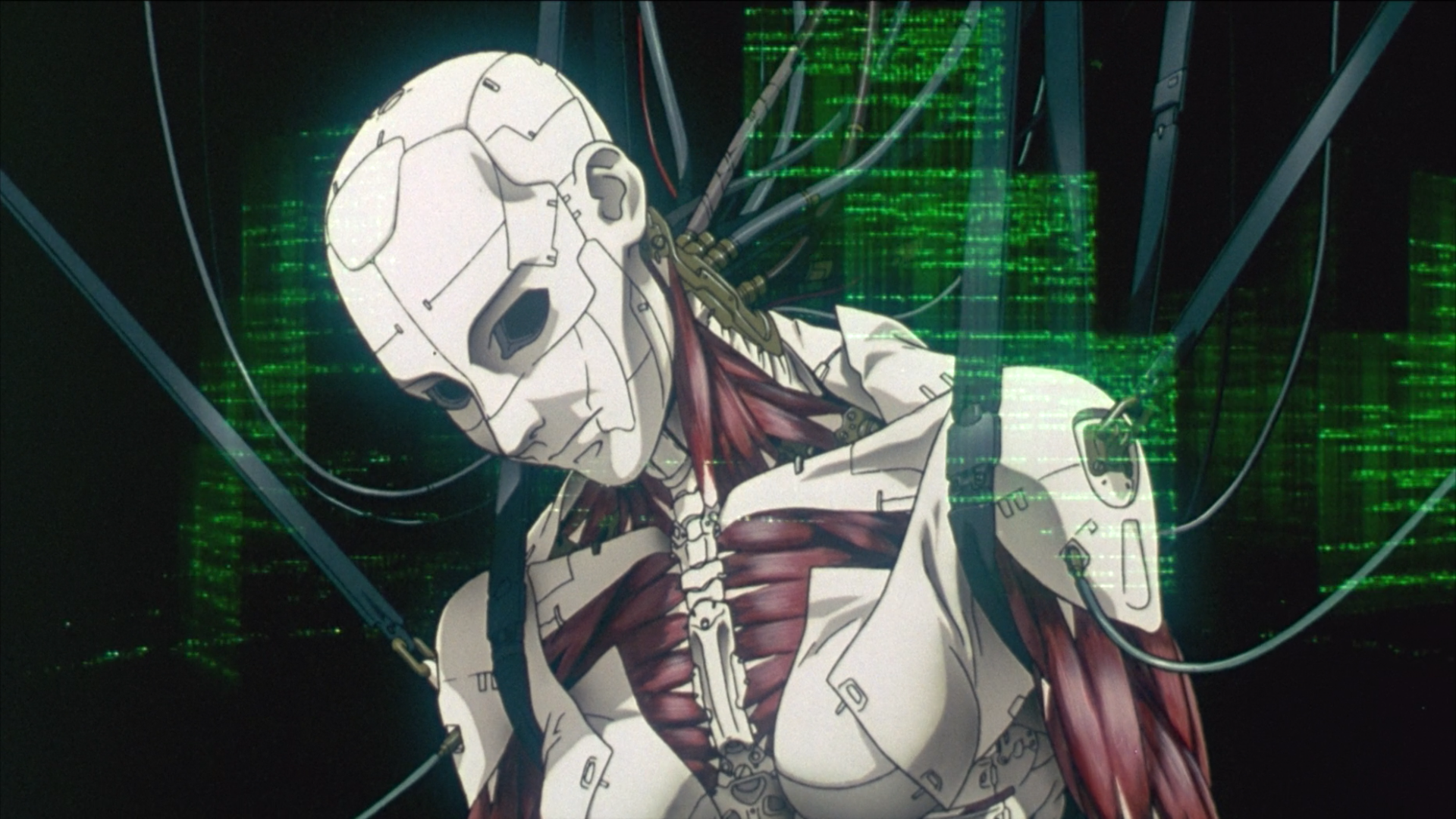
Struggles With Ghost in the Shell, As Encountered by Hiroyuki Okiura -An Animator’s Struggles and Joys- #02
Text: Miho OtobeThe film Ghost in the Shell was the first animated work for the eponymous series. While Mamoru Oshii took the director’s chair for the film, it was Hiroyuki Okiura who took on the role of animation director and character designer. Known throughout the animation industry and also widely among fans for his advanced animation skills, Okiura is stunningly well-composed in his assessment of his own artwork. Here, we sat down for a sincere talk with him about his animation.
#02 An Opening Video Saved by Mr. Kise
――What did you struggle with in designing Motoko for Ghost in the Shell?
Hiroyuki Okiura (“Okiura” below): She looks a bit different from the original artwork in order to fit in with the story and setting as a character, and I had to search for the right distinctions there. For example, if her eyes were too large, then she would end up expressed in a manga style, and she would be too distinct from the manga character if they were too small. It was a search for my own lines that would let me express the “anime Motoko” without any negative impact on the image of the manga Motoko.
――In the anime, she’s more muscular and masculine than in the original manga. Was that something Oshii wanted as director?
Okiura: That’s right. That was what Oshii was looking for. And at the end there’s that scene where her flesh shreds away as she breaks herself, and you could argue it was critical that she be muscular in order to express her interior and exterior there. Oshii put together a bunch of pictures of foreign female bodybuilders, and I used their body lines as references for how I drew her.

――Did Kise give any feedback on your art?
Okiura: He and I worked separately, so we didn’t get to talk a lot, but I did run into him once in the elevator, several days after turning in a rough draft. Then, in passing, he said, “you really made it look a lot like the original.” I guess he needs his eyes checked. (Laughter)
――The opening of the film Ghost in the Shell is incredible, and still a topic of discussion among fans. Were you satisfied with it, when you made it?
Okiura: For the opening, it came down to how patiently I could draw this incredible idea Oshii had, and as for whether I’m satisfied… It has its good points, and points that need more work. The production time for that opening was actually short, to begin with. I started work on it after finishing the main film animation, so it was on a really tight schedule. There was no time to spare, even staying at the company overnight the whole time. I had Kise and Inoue (animator Toshiyuki Inoue) help me out with it. That’s how overloaded I was.
――The opening generated a lot of talk, with the scene where Motoko’s skin peels off one layer at a time.
Okiura: What I remember of that scene is the rush check (a check of filmed video for things like movement, color, and photographic effects). The main staff all got together at the studio for the rush check, and Kise yelled “THERE!” when he spotted a tiny coloring error. Having a single frame with the colors off between otherwise matching frames will generate a fleeting sense of something off. Kise was able to spot that instant, so I could re-color it immediately. He normally wouldn’t come to rush checks, but for some reason he did back then. And it saved my efforts at the time.

――What would you say is appealing about Ghost in the Shell?
Okiura: The idea of “speculating on what it is that’s left over when one’s body is almost entirely replaced with cybernetics” ties into identity and is universal. Artwork inevitably degrades over time and can also fall behind in comparison with modern technical standards. But I think that the actual heart of the story is something that runs through every era.
Also, in a positive sense, you can see Oshii’s clear decision-making in Ghost in the Shell. For it, I had to draw things no one had ever seen before, like actually diving into cyberspace. There were also issues with the extent to which the scene was even possible with the technologies available in the ’90s. I remember looking at the screen and wondering if it was good enough, or if people would think it looks crude. But I think Oshii’s policy was correct: it was better to go through it quickly, rather than going overboard.
――That sort of trial-and-error approach has built some of the most beloved works of all eras, hasn’t it?
Okiura: I think the biggest thing for me is whether audiences enjoyed it, but there can be a sort of indigestion it leaves us with on our side. For example, I mentioned the scene where Motoko’s muscles tear and shred away as she tries to open the tank’s hatch toward the end of the film. The scene cuts to a view from the tank’s perspective, where there’s a CG overlay on the art, but it’s all proper traditional animation. I guess it couldn’t be avoided given the scene, but I was a bit shocked at the time. I didn’t realize how much of what I’d drawn would be hidden.

――You were even an animator on Ghost in the Shell: Arise where Kise was animation director. Did he approach you about it beforehand?
Okiura: We didn’t talk about it, but sometimes Kise would get drunk and call me… Apparently, he had a few numbers he tended to drunk dial at the time, and I was one of them. He definitely doesn’t do it anymore, though.
――Kise said the following in an interview, regarding how he came to take on the role as director for Ghost in the Shell: Arise. “We were out drinking, and Ishikawa said he had a new job for me, and he’d tell me about it if I said I’d do it. So I gave in to curiosity and agreed. And then I regretted it when I heard the title. I hadn’t even imagined we’d be doing Ghost in the Shell again. That makes me wonder if maybe that call to you came after the conversation while they were out drinking.
Okiura: I see. But I’m not sure that’s how it went… Although that reminds me of after we finished “Border 1” of Ghost in the Shell: Arise. Kise called me and said, “you really are a good artist, huh?” We had a bit of a rivalry, as you might have guessed, and we didn’t compliment each other all that much, directly. So that was when I first realized he recognized my talent. So hearing that made me happy.
Continued to #03 The True Joy of Drawing Is Seeing the Drawings Move
HIROYUKI OKIURA
Born in 1966. A native of Osaka Prefecture. After hiring on at Anime R, he made his debut as animation director with Star Musketeer Bismark. Made his directorial debut with Jin-Roh: The Wolf Brigade. In addition to winning the Grand Prize for feature films at the New York Int’l Children’s Film Festival for A Letter to Momo, the film he created, directed, and wrote (a first for any Japanese film), he has won numerous other awards, including an award for excellence at the Japan Media Arts Festival, held by Japan’s Agency for Cultural Affairs. In the Ghost in the Shell series, in addition to the film Ghost in the Shell, he served as character designer and animation director for Innocence and handled key frames for Ghost in the Shell: Arise.

